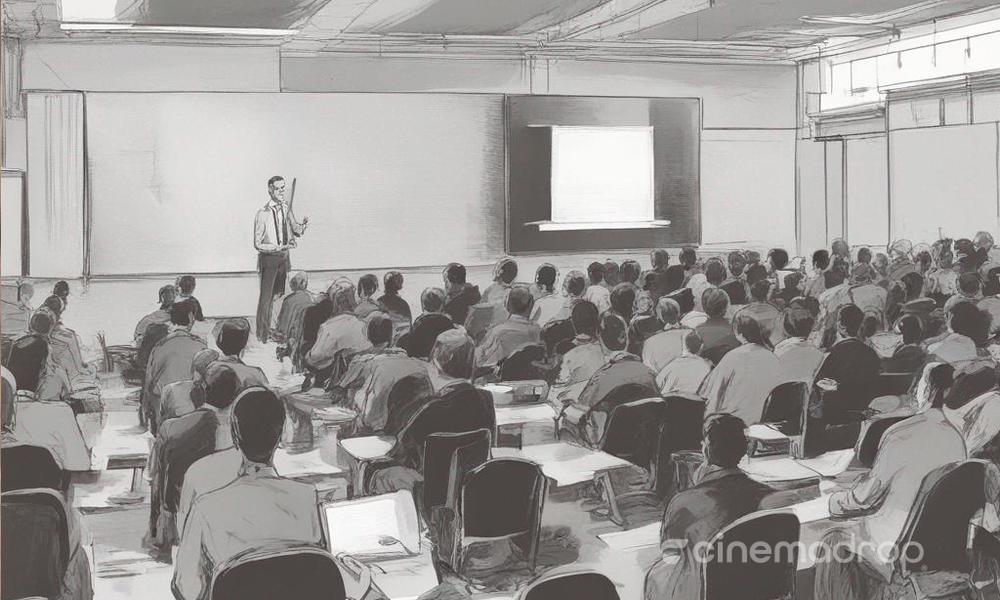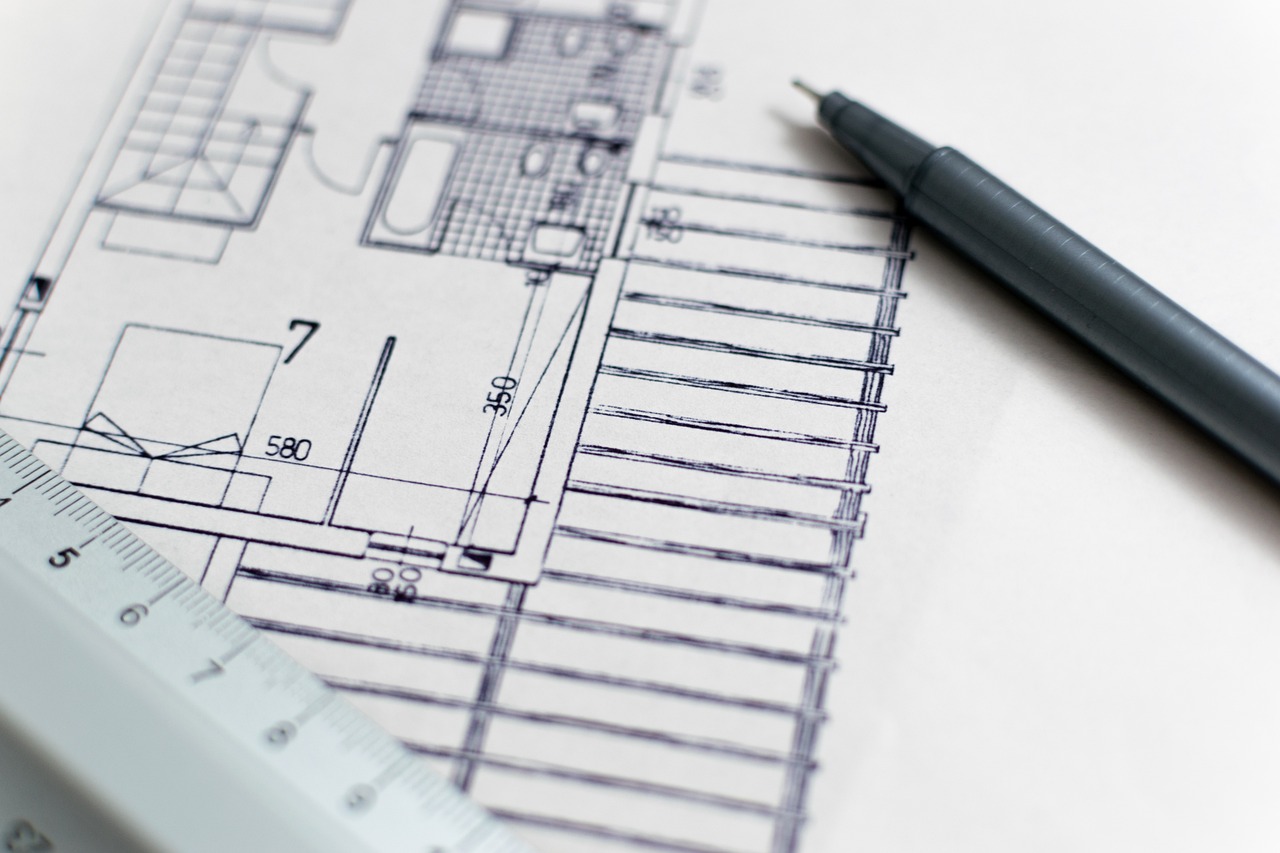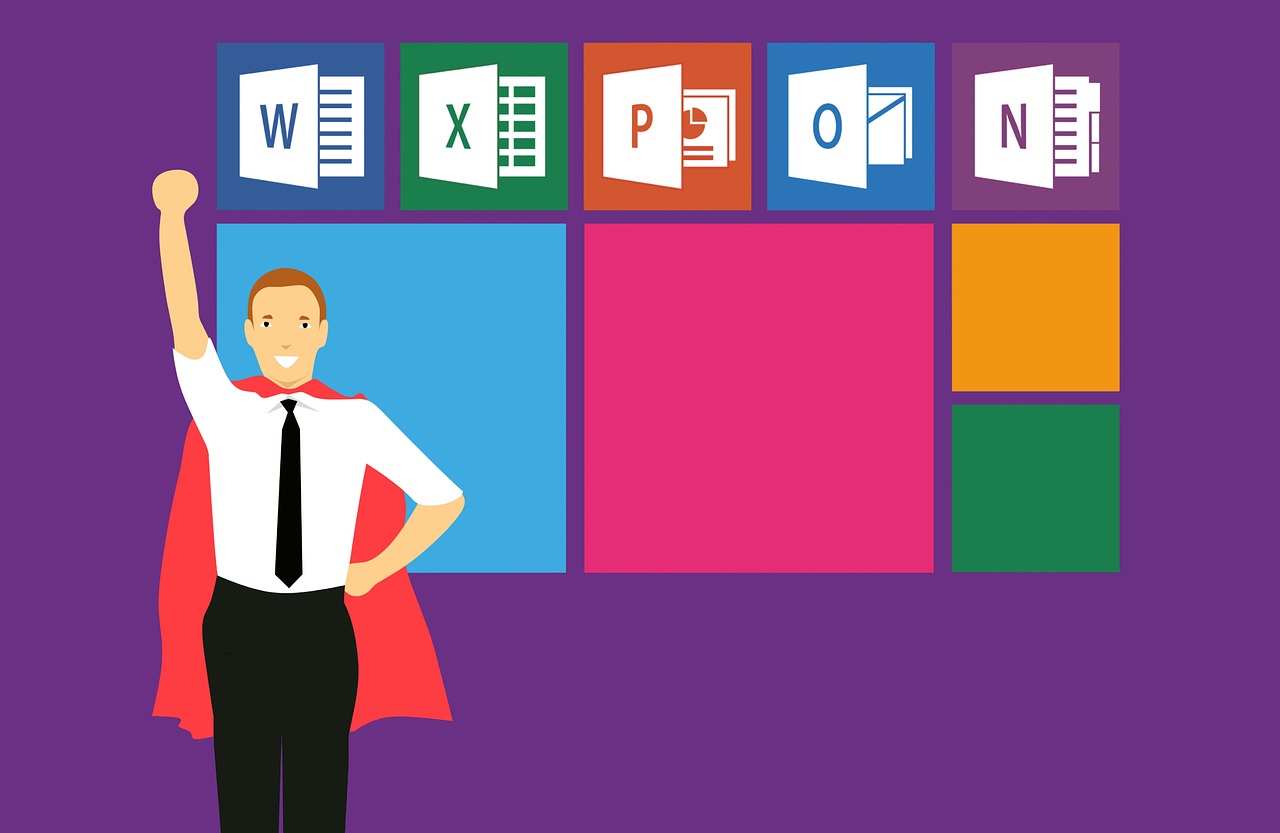Mastering the Art of Making Impressive Presentations

Presentations, an impactful tool utilized across various sectors like business, education, and beyond, play an indispensable role in conveying information effectively and persuasively. The primary aim of this blog post is to help you master making impressive presentations, whether in the boardroom, classroom, or any other platform where you need to make your point compellingly. We'll guide you through the steps of planning and structuring your presentation, tailoring it to your audience, incorporating engaging visual aids, crafting captivating content, rehearsing effectively, and using body language and tone strategically. Additionally, we'll share tips and tricks for successful delivery, besides providing examples from presentation gurus to inspire your own presentation style. By the end, you should have a comprehensive garner of relevant, useful tools to make your presentations truly stand out.
Plan Your Presentation

Mastering the art of making impressive presentations isn't simply confined to delivering engaging content. It hinges greatly on meticulous planning. The initial and most crucial step towards a compelling presentation is cultivating a lucid understanding of the presentation's objective. This implies knowing what you want to achieve by the end of your delivery. Do you want to educate, raise awareness, persuade, or introduce a novel concept? Crystalizing this objective offers you a vital anchor point that guides the entire preparation process. Once the purpose is clear, embark on thorough research on the topic. A profound understanding of the subject sets you apart, helping you not only to deliver information confidently but also answer audience queries proficiently. Following the research, formulate a definitive structure or roadmap—essentially a “storyboard” of sorts—for your presentation. Decide on your major points, how to introduce them, bridge them, and wrap up. Constructing this structure aids in maintaining a logical flow and keeps you on track, thereby ensuring that your audience can follow along without confusion. For instance, if you're presenting about 'innovations in AI technology,' first, acquaint the audience with the AI concept, gradually transit to its advancements, and ultimately discuss the innovation. This strategic planning forms the bedrock of making impressive presentations.
Understand Your Audience

The main thrust of your strategy towards making impressive presentations should be understanding your audience. This is arguably just as crucial as the content itself. To captivate your audience and achieve your objective, you must speak their language and cater to their interests and needs. This requires a comprehensive understanding of who they are, what they know, and what they expect. Moreover, studying your audience helps you gauge technical jargon's appropriateness, assess their familiarity with the subject matter, and evaluate acceptable humor levels. Research is your best ally in knowing your audience. Engage in direct or indirect methods to find out about their lifestyles, values, needs, and expectations. Direct methods involve interacting with the audience through interviews, questionnaires, or chat forums. Meanwhile, in an indirect method, you may study demographic data, read about them, or watch their normal behavior in their environment. All these research methods work towards a common aim: tailoring your presentation to resonate with your audience. Once you've done your due diligence on your audience, the next step is crafting your presentation's content to suit them. This goes beyond writing in their preferred language or avoiding complex jargon. It means weaving content that relates to their lives, addresses their concerns, and meets their expectations. Aligning your content to your audience effectively validates their experience, piques their interest, and keeps them engaged. For instance, if your audience comprises seasoned professionals in your field, offer more in-depth analysis and use industry-specific language. Conversely, if they're laymen, keep things simpler and more general. Tailoring content might also mean incorporating cultural references or geographical anecdotes. This strategy can help foster a connection, making your presentation more memorable.
Adding Visual Aids

In the journey of crafting and making impressive presentations, a key element is integrating eye-catching visual aids. These tools not only amplify the understanding of your audience but also inject an exciting dynamic in your delivery. Visual aids can range from simple handouts, pie charts and graphs to more advanced technological supports such as interactive multimedia or virtual reality. The type chosen will largely depend on the nature of your presentation and the information you're conveying. Creating effective visual aids may seem daunting, but there are some basic principles that will guide you. For instance, if you're presenting a series of historical events, a timeline might be a fitting choice. For explaining complicated concepts, infographics may be the way to go. The goal is to present data or concepts that might be hard to grasp in a structured, lucid and visually appealing way. However, it's not just about incorporating visuals, but knowing how to use them effectively. Visual aids should supplement your spoken words, not replace them. Therefore, keep the text on your visuals to a minimum and ensure that they are clear and large enough for everyone in the room to see. Also, practice transitioning between your visuals and your speech smoothly to maintain the flow of your presentation. Finally, remember, the foremost objective of using visual aids is to enhance your audience's comprehension, keep them engaged, and bring a memorable aspect to your presentation. By wisely leveraging these tools, you will be one step closer to mastering the art of making impressive presentations.
Creating Engaging Content

The first step towards making impressive presentations is to focus on crafting content that holds the viewer's interest. It begins with mastering the techniques to capture attention right off the bat. An arresting fact, a burning question, a challenge to preconceived notions–part of being a good speaker is being an artful storyteller. Immediately hook your audience by creating a pressing need to know more. Dipping into your own experiences and using personal stories or anecdotes is an effective tool in this journey. People are naturally drawn to stories, and the more personal, the stronger the connection. But remember, your story needs to serve the broader message of your presentation. Your personal narrative should highlight a key point in your presentation's focus. Don't share for the sake of sharing. Humor is another powerful weapon in your presenter's arsenal. Nothing builds rapport faster than a shared laugh. However, caution should be exercised with humor's use. It must be appropriate and well-timed, in line with your audience's sentiments. Also, it should never detract from your main message. A joke may lose its impact if it veers too far from the topic or senselessly interrupts the flow of your presentation. In the end, it's all about striking the perfect balance between information and entertainment. Ensuring your audience is educated and engaged is crucial. While humor and anecdotes add a charming flair, they should not overshadow the data you wish to present. Remember, the purpose of your presentation is to inform, not just entertain. Use engaging elements as a vehicle to deliver your information credibly and compellingly. Constructing content carefully with these techniques in mind can significantly elevate the overall quality of your presentations. A perfectly balanced mix of stories, humor, and data leads to more than just a presentation - it starts a conversation and builds a connection, transforming a one-sided lecture into an interactive environment. Develop this skill, and you're well on your way to mastering the art of making impressive presentations.
Practicing Your Presentation

Practicing your presentation is a vital step in making impressive presentations. It's not sufficient to merely develop engaging content, but having the ability to convey it convincingly also matters. Rehearsing allows you to familiarize yourself with the content, ensuring that it flows naturally and coherently during the actual delivery. It's advisable to practice it alone initially then in front of a small group or a mirror to self-analyze and correct your delivery techniques. Rehearsals are not just about reciting the content vocally but also include practicing the timings, the use of visual aids, and the transitions between the different parts of your presentation. This will prepare you for unexpected technical difficulties and help setup a consistent pace throughout. Furthermore, your degree of confidence during the actual delivery will hinge on your rehearsal practices. Confidence is what ultimately separates a mundane presentation from an impressive one. However, while practicing your presentation, there are certain pitfalls you should take care to avoid. One common error is to over-rehearse to the point where your presentation loses its spontaneity or begins to sound robotic. Also, make sure not to ignore any section, no matter how minor it may appear. Each part of your presentation contributes to its overall effect. For making impressive presentations, adopt variety in your rehearsal methods. You could record yourself to identify areas for improvement or ask peers for feedback. Being open to critique and making corresponding adjustments are pivotal aspects of successful rehearsal practices. By being diligent in your practice, you'll become proficient at delivering engaging presentations quickly and effectively.
Body Language and Tone

The impact of body language and tone on the art of making impressive presentations cannot be overstated. They serve as a crucial aspect of non-verbal communication, setting the mood for your presentation and often communicating more to your audience than your actual words. For instance, maintaining eye contact signals confidence and interest, while hand gestures can enhance the clarity of your points. Always remember to keep your body language open and inviting – crossing your arms or avoiding eye contact can make you seem defensive or unapproachable. Equally important is the mastery of effective tonal techniques. This involves managing the volume, pace and intonation of your speech. For example, some parts of your presentation may require a slower, more deliberate pace to make sure your audience understands complex content. On the other hand, a quicker pace with variations in volume can bring excitement and energy to your speech. In instances where a reaction is expected from the audience, using a dramatic, suspenseful tone can significantly enhance engagement. Presenter pitfalls in body language and speech tone can easily hamper the effectiveness of a presentation. For example, a monotonous tone can bore your audience, while overly rapid speech could make it hard to follow along. Similarly, fidgeting, poor posture, or lack of eye contact can convey nervousness and distract from your message. By being mindful of these potential mistakes and taking deliberate steps to avoid them, such as rehearsing your presentation, you pave the way towards truly mastering the art of making impressive presentations.
Presentation Tips and Tricks

Mastering the art of making impressive presentations requires more than just delivering facts and figures. Among many tips, efficient time management during the presentation plays a crucial role. Rather than attempting to stuff too much information into one session, focus on the most important aspects and pace your talking points. This will ensure that you have adequate time for each segment, preventing a rushed ending or overrunning your allotted time. Not only will this give you control over the flow of the information, but it will also keep your audience engaged. Dealing with nerves is another essential element. Confidence is contagious; if you exude it, your audience will feel it and respond positively. Practice deep breathing techniques, envision success, and do not fear to pause momentarily if you lose track. A well-managed pause can enhance the effectiveness of the message you are communicating. Equally important is audience interaction. Encourage questions and discussions by incorporating prompts or question slides. This has a dual benefit- it will not only make your presentation more interactive but will also give you a better understanding of whether the information you are providing is being understood. Remember, making impressive presentations isn’t just about sharing information; it’s about sharing it in a way that resonates with your audience.
Learn from Presentation Gurus

In your journey to mastering the art of making impressive presentations, lessons from presentation gurus prove invaluable. Immersing yourself in successful speeches allows you to glean essential insights that lead to powerful takeaways. Observing these masterful presentations can reveal distinctive techniques and approaches, from eloquence of delivery to the ability to grip the audience's attention throughout. These qualities found in famous presentations act as springboards to inspire your unique style. However, it's crucial to not merely mimic these speeches, but to discerningly apply the applicable features in your respective context. This will help you offset any deficiencies in your style and enhance your strengths. These influences, combined with the techniques we've outlined across this article, culminate in the acquisition of your distinctive approach toward making impressive presentations.
